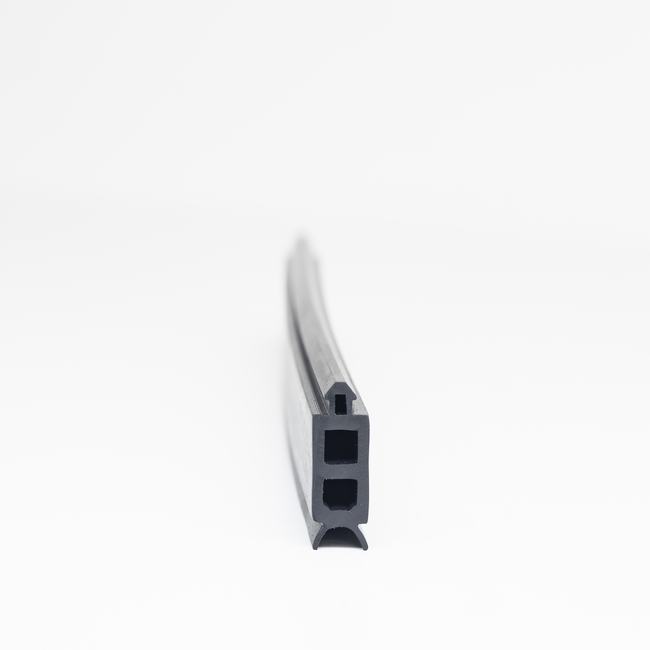Garage door seals, also known as garage door weather stripping or weather seals, are essential components used to seal the gaps around and under garage doors. These seals play a crucial role in preventing the intrusion of outdoor elements such as rain, wind, dust, insects, and even rodents into the garage. Garage door seals are designed to maintain a comfortable indoor environment, enhance energy efficiency, and protect belongings stored in the garage. Below, you’ll find information about the key features, types, advantages, and applications of garage door seals:
Key Features:
- Material Variety: Garage door seals are available in various materials, including rubber, vinyl, neoprene, or PVC. The choice of material depends on factors such as climate, durability requirements, and budget.
- Flexible Design: These seals typically have a flexible and compressible design that allows them to conform to the irregularities and contours of the garage door and the floor.
- Sealing Efficiency: Garage door seals are designed to create a secure and airtight seal when the door is closed, preventing drafts, water infiltration, and pests from entering the garage.
- Easy Installation: They are relatively easy to install and often come with adhesive backing or can be attached with screws to the garage door frame or bottom edge.
- Durability: High-quality garage door seals are resistant to wear and tear, UV radiation, and extreme temperature changes, ensuring a long service life.
Types of Garage Door Seals:
- Bottom Seals: These seals are installed on the bottom edge of the garage door to seal the gap between the door and the garage floor. They come in various styles, including bulb seals, T-shaped seals, and threshold seals.
- Side Seals: Side seals are installed on the sides of the garage door frame to seal any gaps along the vertical edges of the door when it’s closed.
- Top Seals: Some garage doors feature top seals, which are installed at the top of the door to seal any gaps between the door and the header or lintel.
Advantages:
- Energy Efficiency: Garage door seals help maintain a stable indoor temperature by preventing drafts and heat loss, which can lead to energy savings and reduced heating and cooling costs.
- Protection: They protect the garage interior from water damage, dust, debris, and pests, keeping the space clean and your belongings safe.
- Comfort: By sealing gaps, garage door seals create a more comfortable and usable space within the garage, whether it’s used for storage, as a workspace, or for parking vehicles.
- Reduced Maintenance: By preventing water infiltration and protecting against environmental factors, garage door seals can extend the life of your garage door and reduce the need for repairs.
Applications:
- Residential Garages: Garage door seals are commonly used in residential garages to maintain a clean and controlled environment, protect vehicles, and enhance energy efficiency.
- Commercial and Industrial Settings: They are also used in commercial and industrial garages, warehouses, and loading docks to prevent the ingress of dust, pests, and adverse weather conditions.
- Workshops and Home Gyms: Garage door seals can help create comfortable and insulated spaces for workshops, home gyms, or hobby areas within the garage.
- Storage Units: People often use garage door seals to seal storage units and sheds to protect stored items from the elements.
In conclusion, garage door seals are indispensable for maintaining the integrity and functionality of residential and commercial garages. They offer protection against outdoor elements, enhance energy efficiency, and contribute to the comfort and usability of garage spaces. Choosing the right type of garage door seal and ensuring proper installation can significantly improve the performance and longevity of your garage door system.









